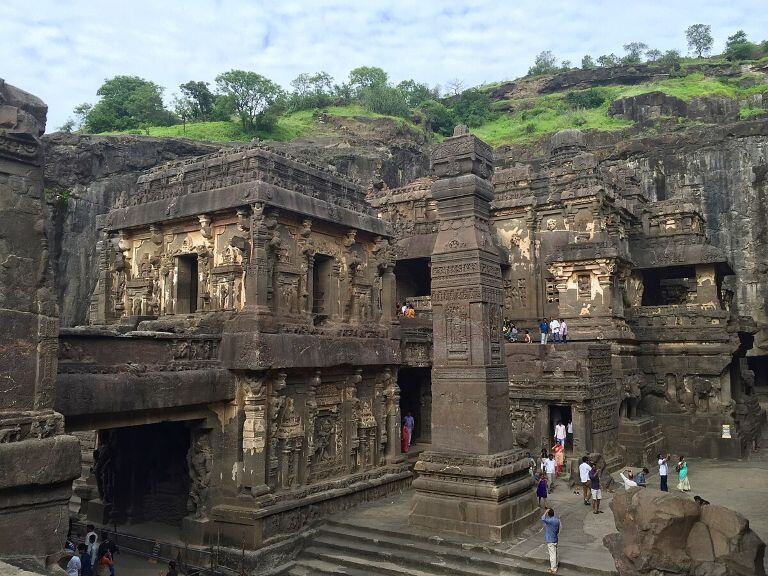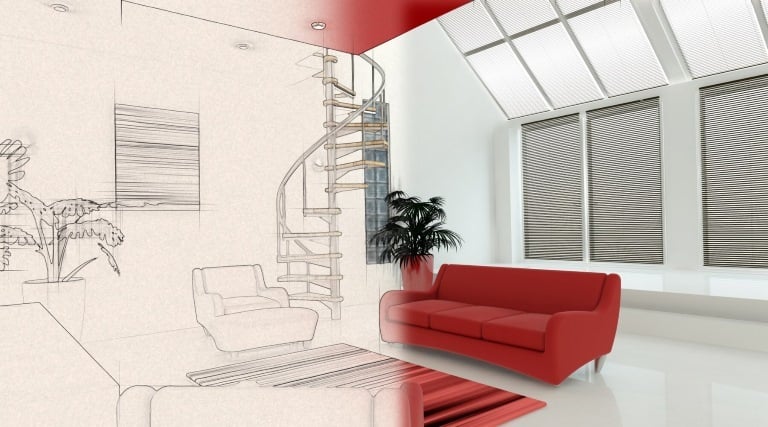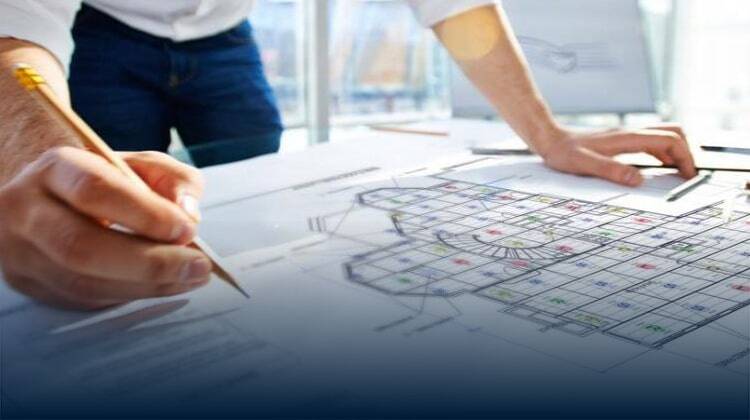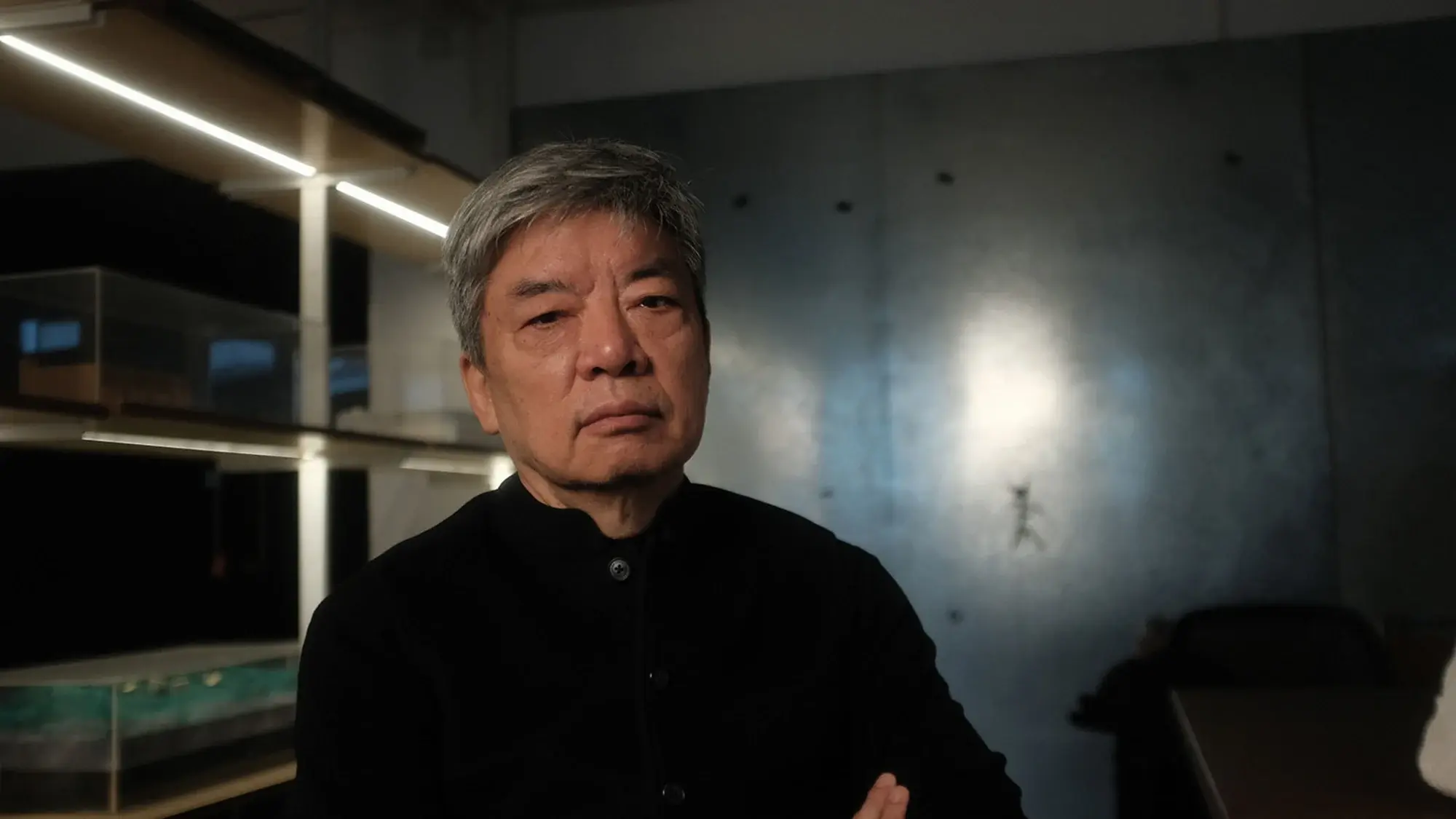
The art and architecture of Maharashtra are major for understanding India's cultural and historical trajectory. Spanning centuries, the buildings of this state range from delicately chiselled rock-cut caves to powerful Mughal and Maratha forts, colonial buildings, and modern designs. Maharashtra's architectural landscape reflects the presence of various rulers, faiths, and indigenous customs. In this blog post, we will see how layers of architecture came together to shape the state's unique heritage.
Evolution of Architecture in Maharashtra
The origins of Maharashtra architecture date back over two millennia. From the ancient Buddhist cave temples to medieval Hindu temples and Mughal forts, the timeline of architecture bears witness to political and cultural change. They functioned as both a structural space and a reflection of changing artistic sensibilities and craftsmanship.
Techniques of stone-cutting, decorative carving, and local materials defined early construction. Islamic and European influences later added arches, domes, and colonial town planning. All in a smooth transition, Maharashtra art and culture is a wealth of material for academic and architectural study.
For aspiring architects who want to understand how these evolving styles blend with digital tools, learning Building information modelling for Architects can offer valuable insights into preserving and recreating historic architecture in today’s workflow.
Rock-Cut Caves of Maharashtra

One of the very distinctive aspects of Maharashtra art is that it has ancient rock-cut caves. These monolithic structures symbolise religious devotion, engineering excellence, and pictorial narrative.
Notable Rock-Cut Caves:
1. Ajanta Caves
- Going back to the 2nd century BCE until the 6th century CE
- Buddhist cave temples featuring beautiful mural paintings and sculptures
- Describe stories of the Jataka tales
2. Elephanta Caves
- Situated on Elephanta Island near Mumbai
- This is primarily devoted to Lord Shiva, featuring the renowned Trimurti sculpture.
- A combination of rock structure architecture and religious symbolism.These rock-cut caves are architectural records of ancient craftsmanship, blending spiritual expression and technical brilliance. They remain some of the finest examples of Maharashtra art and culture.
Mughal & Maratha Architecture
The northern territory of Maharashtra and cities such as Aurangabad felt the intense Mughal influence. The architectural features of minarets, arches and domes united Islamic aesthetics with traditional regional design elements for Mughal structures.
During the Maratha period, regional architecture had a stronger and more significant influence than in previous historical periods. During the Maratha era, buildings focused on defence capabilities alongside functionality by constructing defensive forts and majestic palaces. The architecture relied on functionality, demonstrated strength and ensured convenient strategic positions.
Historical Forts and Palaces of Maharashtra
1. Raigad Fort
Stone walls and watchtowers combined with hidden passages define the strong architecture in the fort that once served as the Maratha Empire headquarters.
2. Sinhagad Fort
The fort, which lies beside Pune city, is famous for its challenging peaks and military value. This structure presents the tough essence which distinguishes the historical forts of Maharashtra.
3. Shaniwar Wada
The Peshwas operated their significant political operations in Pune from this centre, manifesting its grand gateway and remnants of housing structures and garden areas.
These historical forts of Maharashtra were built to be persistent designs that defended invaders while showing power. They contained extensive military operational elements, including water systems and communication methods.
Temples and Religious Architecture
Religious architecture in Maharashtra shows both permanent devotion and traditional local worship traditions. Construction used mostly basalt, while the stonework included complex carvings.
- Trimbakeshwar Temple (Nashik): One of the twelve Jyotirlingas in India showcasing Hemadpanthi style.
- Bhuleshwar Temple (Pune): The temple had Islamic domes influenced by the medieval era.
Religious buildings are the main element in the art and architecture of Maharashtra history by blending regional builders with spiritual devotion.
For those interested in the fusion of culture and design through algorithms, Novatr’s Computational Design course offers a modern perspective on how parametric tools can help interpret and preserve such ancient forms.
Colonial & Modern Influences

Under British rule, European public institutions and buildings were introduced, particularly in urban centres like Mumbai.
Noteworthy Examples:
1. Chhatrapati Shivaji Terminus (CST)
The structure used to be called Victoria Terminus until its name changed, and it still represents Victorian Gothic Revival architectural design. The building contains stained glass elements together with pointed arches and multiple turrets.
2. Rajabai Clock Tower
This educational landmark within Mumbai University integrates Gothic and Venetian architectural features from the 19th century. Traditional Indian craftsmen constructed the structure for which builders used only local materials.
The historic buildings represent British administrative characteristics and Indian aesthetic elements developed through British design principles.
The architectural style in Maharashtra continues to transform throughout the present time. The cities of Pune and Mumbai prefer building structures with contemporary aesthetics and environmental sustainability. The establishment of heritage Continues to attract continuous appreciation from society throughout time.
The Influence of Art on Maharashtra’s Architectural Heritage
Warli paintings, sculptures, and murals constitute the famous art of Maharashtra and play an essential role in its architecture. The earliest examples of this synthesis appear through mural art at Ajanta, while temple walls include motifs.
British colonial architecture includes subtle use of Indian artistic elements in both metal objects for railings and stonework applications. Temple artists used symbolic art elements such as flower carvings and divine imagery for combined decorative and religious functions.
The Wadas of Pune and other traditional houses in Maharashtra demonstrate artistic design principles. Each wooden door features meticulous hand-carved designs that showcase how residential spaces received their beauty from artistic decorations.
Through the fusion between architecture and local culture, each new structure maintains traditional values and develops into a central point of collective values.
Conclusion
From the rock-cut caves of Ajanta and Ellora to historical forts of Maharashtra and colonial landmarks, the art and architecture of Maharashtra showcase centuries of design brilliance and cultural evolution. Several architectural styles reflect the succession of historical periods and the permanent influence of arts in this geographical region.
Modern architectural professionals must match their technical competence with cultural intelligence according to contemporary industry requirements. Computational Design and Building Information Modelling (BIM) lead the transformation of architectural conceptualisation and completion processes in modern practice. Professionals who understand these tools are more efficiently positioned for important future career opportunities in the transforming AEC domain.
Novatr provides specialised training through its Master in Computational Design and Building Information Modelling (BIM) program that helps you develop your skills. The programs follow industry standards to benefit students and practical architects by delivering learning opportunities, mentor support, and potential professional advancement.
Take the next step in your architectural career by visiting the Novatr to explore your preferred architectural course. The Resource Page provides updates about the AEC industry, plus more insights which you can find before you move on.
Was this content helpful to you










